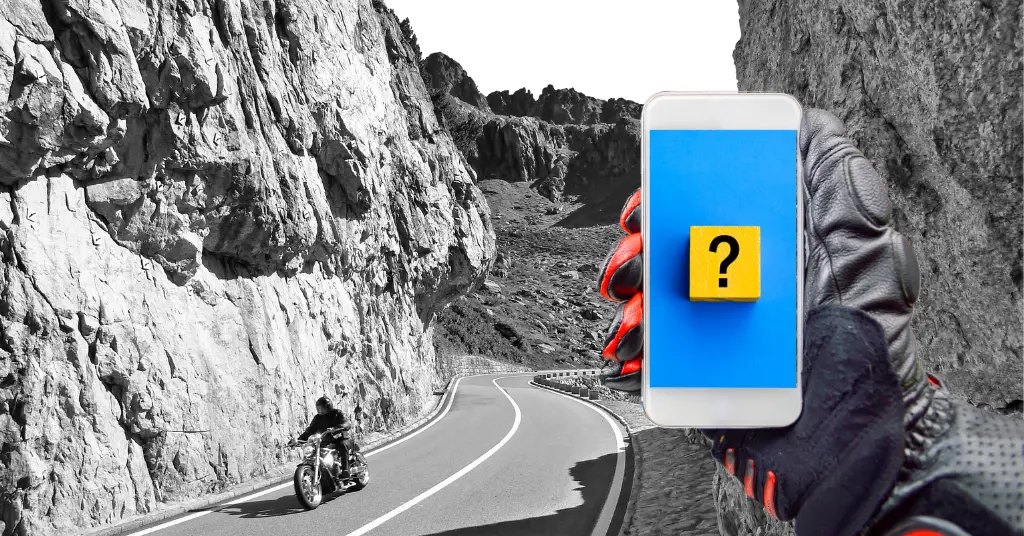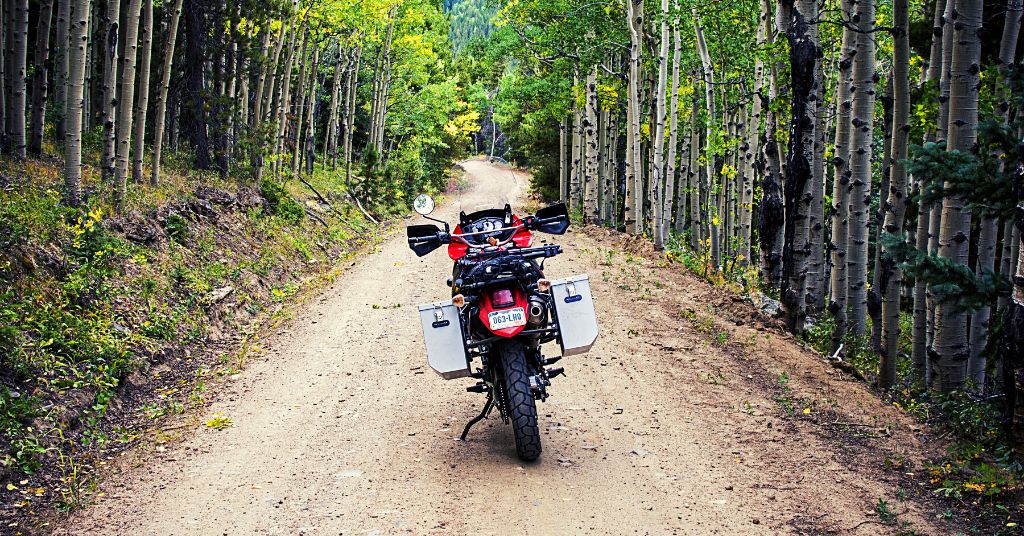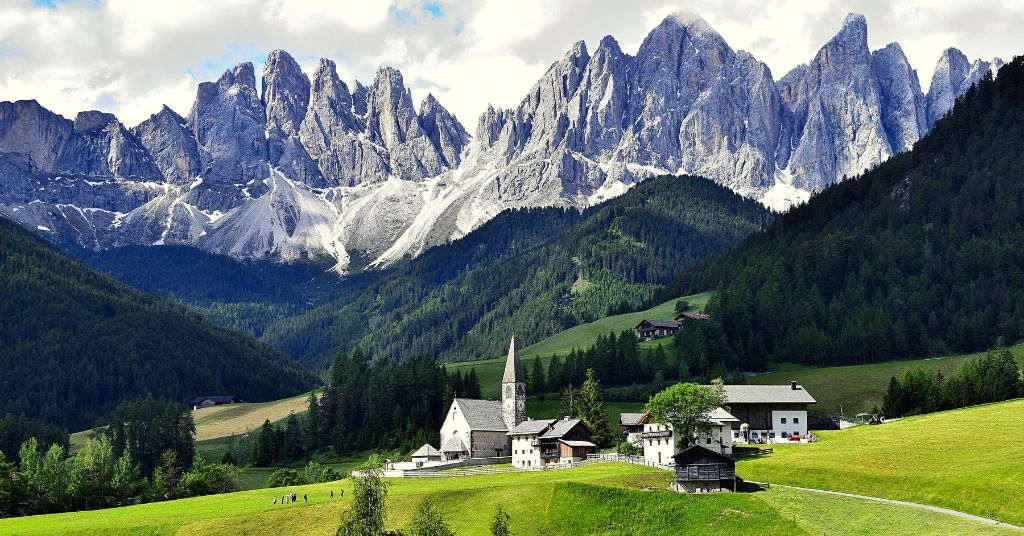
MOTORCYCLE TIRES
A SHORT FAQ
Motorcycle tires - A short FAQ
How do I choose the best motorcycle tire?
Most importantly you should choose a tire that “fits” your bike, which means you should check the dimensions as well as both speed and load index that are suggested by your motorbike manufacturer. Don’t aim for a type of tire if your riding behavior does not match. (e.g.: sticky sport tires if you never manage to heat them up properly) Choosing the right type gives you a higher level of safety, not only performance. Also consider durability, all-weather capability, road profile (i.e.: gravel road, bitumen, etc.) as well as the luggage you carry into account.
Should I choose a radial or a cross-ply tire?
A cross-ply (or bias) tire is designed in a simpler way with more sturdy sidewalls which makes them perfect for off-road riding, whereas the speed indices are lower. With radial tires, we’re looking at a different chasing that sits 90° to the rolling direction and a belt which is approx. 0° to 25° off to it. While the belt sits under the tread, it adds more stability and makes the tire capable of higher speeds which are made possible due to lower centripetal forces. Once again: Consider the intended purpose when buying.
How do I run in new tires?
You may notice that new tires act a little slippery. The reason behind this is, that during the last manufacturing process (most manufacturers do this) the new tire is run through a so-called curing process. When the tire is released from the very hot mold during manufacturing, a small amount of release agent is applied to ensure an easier removal from the mold. This thin layer that remains on the tire (and sometimes gives it a nice shiny gloss to it) is the reason why you should pay attention when riding your new tires the first time. Better safe than sorry!
Is there anything I can buy for an emergency repair?
Suffering from a punctured tire is always bad, mostly when you’re on a long tour. Fortunately, there are some tools available to keep you going. In case you’re using a tire with a tube on your bike you can get a fully equipped roadside repair kit. While for tubeless tires you can choose from the plug, cord, and canned fix-a-flat options. Although it might appear practical, the success rate with the canned fix is quite bad. Besides, your mechanic will thank you later – because it makes a mess inside. Generally, never ride too long with a fixed tire unless you have to. Carrying a repair kit is a no-brainer, especially on longer trips!
Is it safe to repair a motorcycle tire after a puncture?
Yes, for a certain amount of (riding) time it is. Sometimes it’s the only option on a tour. In case you’re wondering if you can even repair a tire twice: There’s a recommendation from the British Standards on how to proceed. Until a speed rating of J (the equivalent of 100kph), you can repair twice, whereas above J until V (until 240kph) you should consider doing so only once. If you’re riding a superbike just be safe and don’t. (above V) Always keep in mind that only the central 50% of a tire’s width can be repaired, never the sidewall. A worn tire (less than 0.8mm) is also not safe to perform a repair on.
What tire pressures should I use on my motorcycle?
The best recommendation here is to check your bike’s owner’s manual. You should always keep within this range since the bike you’re riding was designed and tested with those values. A wrong pressure might even reduce the life of your tires. If is it too low, the contact patch (area between you and the road) can be even reduced because the tire deforms by lifting the middle section away from the road. Moreover, they also easily overheat. If you over-inflate, they’ll (again) wear unevenly, show worse handling, and give you an uncomfortable ride. Check the recommendations also if you’re carrying higher loads. In case the manual is not available, check the manufacturers’ website.
What is the minimum tread depth on motorcycle tires?
In Europe, the legal minimum tread depth for a motorcycle tire is 1.6mm around the whole circumference. The different riding style compared to passenger cars leads to different wear of the profile, which has the effect that the pattern of the tread needs to be visible across three-quarters of the width too. It is always good to rely on a good “amount” of thread since it is responsible to push the water aside during a rainy day. It’s time to think about a change at around 2-3mm since a lower depth also affects your bike’s handling a lot. For checking it’s always good to have a tread-depth gauge to make sure you’re on the safe side.
Can I use unmounted tires that are a few years old?
Yes and no. It is key that the tire you want to purchase was stored properly. Which sometimes can be difficult. The reason (or mechanism) why tires can age is called outgassing. This basically happens all the time heat is absorbed or given by the compound. This effect of outgassing causes some of the chemicals that give the tire its pliability actually to turn into gasses and escape with the consequence of making the tire harder and less grippy. Make sure you store your bike (and your tires) indoors in a cool and stable climate. A worst-case scenario would be to store them in the bright sun or a hot warehouse. Always check the DOT code for the manufacturing age: A three-year-old tire that’s been properly stored can be in better shape than a one-year-old tire that hasn’t. A neat trick of making sure you get the good and fresh stuff is by choosing a dealer who turns over a big volume.
Can I run different tire sizes on my bike?
Since every tire is designed to meet a certain profile for certain handling characteristics (e.g.: specific tread patterns for certain terrains) you should always pick matched sets. At worst it can adversely affect your bike’s handling in unpredictable or even dangerous ways. We know, good tires are pricey and – especially when compared to passenger cars – you need a whole lot more of them, but it’s really not about trying to save money.
How do I maintain my tires for a long-life during off-season?
Since your tires are the only thing between you and the road you should treat them right, even more, when you don’t actively use them during the off-season. Always make a visual inspection (under well-lit conditions) and look for punctures or nails. Tires really need to go through a lot, so make sure you even check for small pieces of glass that might be trapped. When your set is already a bit older, make sure to check for cracks. Also, go for the full inspection, so let them roll and look around the whole wheel. As already mentioned, you should make sure to store your tires in a stable climate.
What else can I do?
Motobit also helps you to ride more safely by warning you of fixed dangers such as dangerous bends, damaged roads and much more, as well as of bends that are taken a little too recklessly. The curve assistant as we call it can be key, especially if you are exploring new and unknown areas.
So make sure you not only call really good motorcycle tires your own, but also that Motobit is installed and active on your smartphone before setting off on your next tour. If you have not installed Motobit already, get it now for free!










